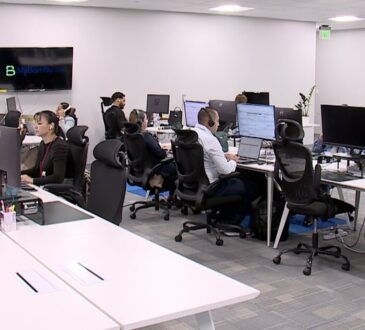
Over the past two decades, India has often been celebrated as a global success story in financial inclusion. Millions of women, largely from rural and low-income communities; have gained access to formal credit for the first time through microfinance, small finance banks, and digital lending apps. Access to finance has undoubtedly helped many women start businesses, stabilize household incomes, and strengthen their voice within families and communities.
But in 2025, a series of reports and public discussions reminded us that inclusion must go hand in hand with protection.
A nationwide survey by the All India Democratic Women’s Association (AIDWA) across 15 states found that a majority of women borrowers have loans from multiple lenders, with some using new loans simply to repay older ones. Media outlets such as The Wire and The Telegraph reported rising debt stress and even harassment during loan recovery. Tragically, isolated incidents of suicides linked to coercive collection practices have surfaced in states like Karnataka and Tamil Nadu.
At the same time, police investigations and consumer complaints revealed how some digital loan apps misuse personal data to pressure women into repayment; turning technology meant for inclusion into a source of fear and humiliation.
These stories are not about rejecting microfinance or technology. They are about ensuring that financial inclusion does not slip into financial vulnerability. Women have proven to be reliable borrowers and responsible entrepreneurs, but over-lending, high interest rates, and weak oversight can quickly erode the very gains these programs aim to create.
In fact, recent data from Sa-Dhan show that overdue micro-loans have doubled within a year, signalling rising stress among low-income households. This is not just a women’s issue; it is a systemic one that calls for stronger consumer safeguards and lender accountability.
Some state governments have begun to act. Karnataka and Tamil Nadu both introduced new legislation in 2025 to curb coercive recovery tactics and hold lenders accountable for harassment. Industry associations have also reiterated the need for ethical lending and borrower education. These are encouraging signs that policy and practice are starting to align.
What Can Be Done
- Strengthen borrower protection: Regulators could ensure transparent interest rates, fair collection practices, and effective grievance mechanisms for all micro and digital loans.
- Promote financial literacy: Empowering women with knowledge of loan terms, repayment planning, and digital safety can reduce dependence on informal or exploitative credit.
- Encourage responsible lending: MFIs, banks, and fintechs should adopt unified credit-check systems and respect borrower capacity limits to prevent over-indebtedness.
- Integrate social protection: Public programs for health, education, and food security can reduce the need for women to borrow for basic needs.
- Focus on dignity: Every credit interaction, whether through an app or a field officer should treat women borrowers with respect and empathy.
Looking Ahead
Financial inclusion remains one of India’s most transformative achievements. Yet, as 2025 has shown, access to finance alone is not empowerment. True empowerment means that women can borrow safely, invest productively, and repay with dignity. It means that inclusion is not only about numbers reached but about lives improved.
If India can align its remarkable outreach with equally strong consumer protection and social support, the country will not only expand access to credit, it will also uphold the dignity, safety, and confidence of millions of women who form the backbone of its inclusive growth story.
Disclaimer
Views expressed above are the author’s own.
END OF ARTICLE




